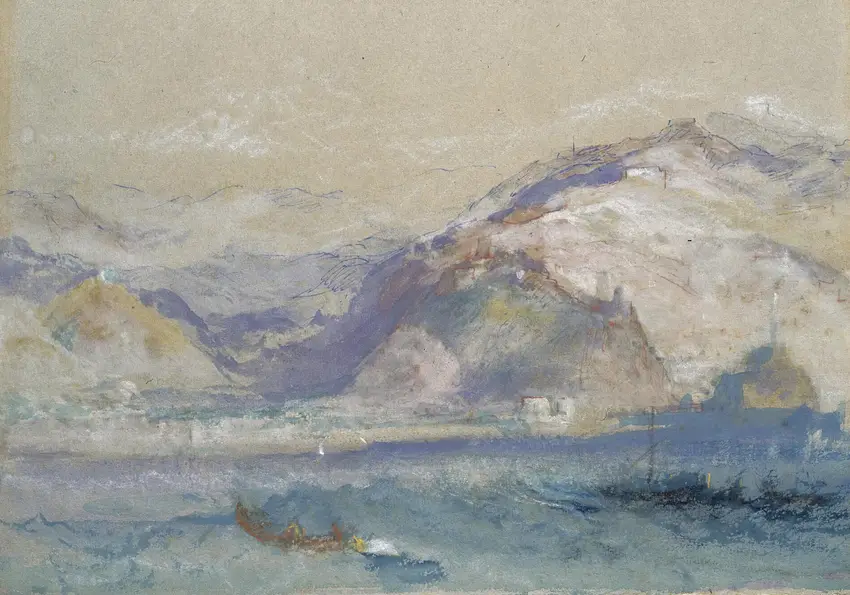Joseph Mallord William Turner
Joseph Mallord William Turner (1775–1851), English, Renowned for his luminous landscapes and seascapes, this British painter revolutionized the way light and atmosphere were captured on canvas. With a career spanning over half a century, his work evolved from precise topographical watercolors to bold, almost abstract oil paintings where form dissolved into radiant haze. Early pieces, like *The Fighting Temeraire*, combined historical narrative with breathtaking technical skill, while later works—such as *Rain, Steam, and Speed*—pushed boundaries, anticipating Impressionism with their loose brushwork and emphasis on movement.
His fascination with nature’s sublime power—storms, fires, the sea’s relentless churn—became a defining theme. Unlike contemporaries who idealized pastoral scenes, he embraced chaos, using swirling clouds and diffused light to evoke emotion rather than mere representation. Critics initially dismissed these experiments as "tinted steam," but time revealed their genius. By dissolving detail into shimmering color, he conveyed the fleeting, intangible qualities of light and weather with unmatched intensity.
Influence extended beyond painting; his innovative use of watercolor elevated the medium to fine art, while his late-career abstractions inspired movements like Expressionism. Though rooted in Romanticism, his work transcended labels, blending realism with poetic vision. Personal reclusiveness and a relentless work ethic fueled myths, but the art itself—vibrant, turbulent, and achingly alive—remains his truest legacy. Turner’s ability to harness the ephemeral ensures his place as a bridge between tradition and modernity, a visionary who saw the world not as it was, but as it *felt*.
His fascination with nature’s sublime power—storms, fires, the sea’s relentless churn—became a defining theme. Unlike contemporaries who idealized pastoral scenes, he embraced chaos, using swirling clouds and diffused light to evoke emotion rather than mere representation. Critics initially dismissed these experiments as "tinted steam," but time revealed their genius. By dissolving detail into shimmering color, he conveyed the fleeting, intangible qualities of light and weather with unmatched intensity.
Influence extended beyond painting; his innovative use of watercolor elevated the medium to fine art, while his late-career abstractions inspired movements like Expressionism. Though rooted in Romanticism, his work transcended labels, blending realism with poetic vision. Personal reclusiveness and a relentless work ethic fueled myths, but the art itself—vibrant, turbulent, and achingly alive—remains his truest legacy. Turner’s ability to harness the ephemeral ensures his place as a bridge between tradition and modernity, a visionary who saw the world not as it was, but as it *felt*.
-

Genoa From The Sea
Joseph Mallord William Turner (English, 1775–1851)A luminous seascape where Genoa’s coastline melts into golden mist, with boats dancing on shimmering waves.
